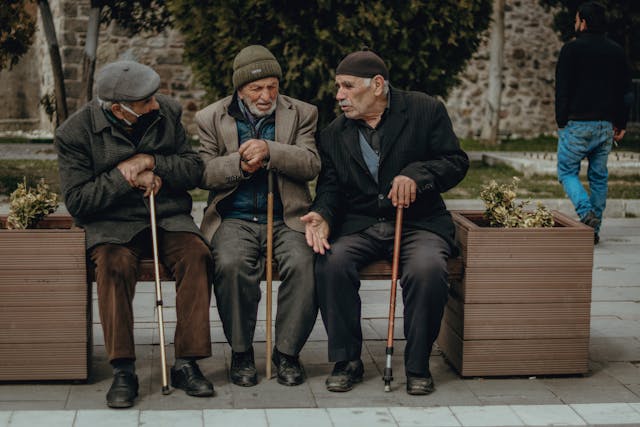Researchers in Japan have crafted and trialled a pioneering wearable device designed to be worn on the fingertips, employing the principle of ‘light touch’ to bolster balance awareness. This innovation promises a marked decrease in fall occurrences among the elderly population. The research outcomes were disclosed in the Scientific Reports journal.
As individuals age, their equilibrium may deteriorate, leading to enhanced postural instability and a heightened likelihood of falls and associated injuries. This issue is particularly pressing in advanced nations where the elderly demographic constitutes a significant and growing segment of society. Thus, addressing the challenges posed by postural instability has become increasingly crucial.
While traditional support tools like canes and walkers are beneficial, their effectiveness can be compromised in certain situations, such as navigating stairs or getting in and out of vehicles, potentially aggravating balance issues and escalating injury risks.
Recent scientific endeavours have concentrated on exploring the ‘light touch’ phenomenon to counteract these balance difficulties in older adults. This effect demonstrates that even minimal contact with a tactile reference point, like a curtain or a sheet of paper, using just the fingertips can significantly curtail body sway despite these objects providing no substantial physical support.
A team from Yokohama National University (YNU) and the Prefectural University of Hiroshima aimed to replicate this tactile cue through a ‘virtual light touch’ (VLT) system, effectively simulating a virtual tactile reference. The system’s preliminary iteration employed a compact device, reminiscent of a thimble, placed over the fingertip to provide a subtle vibrotactile signal at the onset of swaying. Initial evaluations employing a 3D motion capture system revealed the system’s efficacy, mirroring the stabilizing effect of actual physical contact.
Recognizing the impracticality of using elaborate motion capture technology for everyday applications, the researchers refined the VLT system by integrating an accelerometer—a device common in modern smartphones—to detect movement. This modified system, coupled with the vibrotactile thimble, was tested on 150 volunteers from the sixties to the nineties, demonstrating a significant reduction in postural sway akin to physical touch.
This advanced VLT system, leveraging an accelerometer and vibrotactile feedback, presents a feasible and effective solution for enhancing balance in daily activities, offering the potential for widespread adoption among older adults. Nonetheless, the research team aims to refine the device further by reducing its size and improving its sway reduction capabilities, intending to deepen the understanding of the light touch effect’s underlying mechanisms in supporting human balance.
More information: Keisuke Shima et al, A wearable light-touch contact device for human balance support, Scientific Reports. DOI: 10.1038/s41598-021-85687-4
Journal information: Scientific Reports Provided by Yokohama National University








